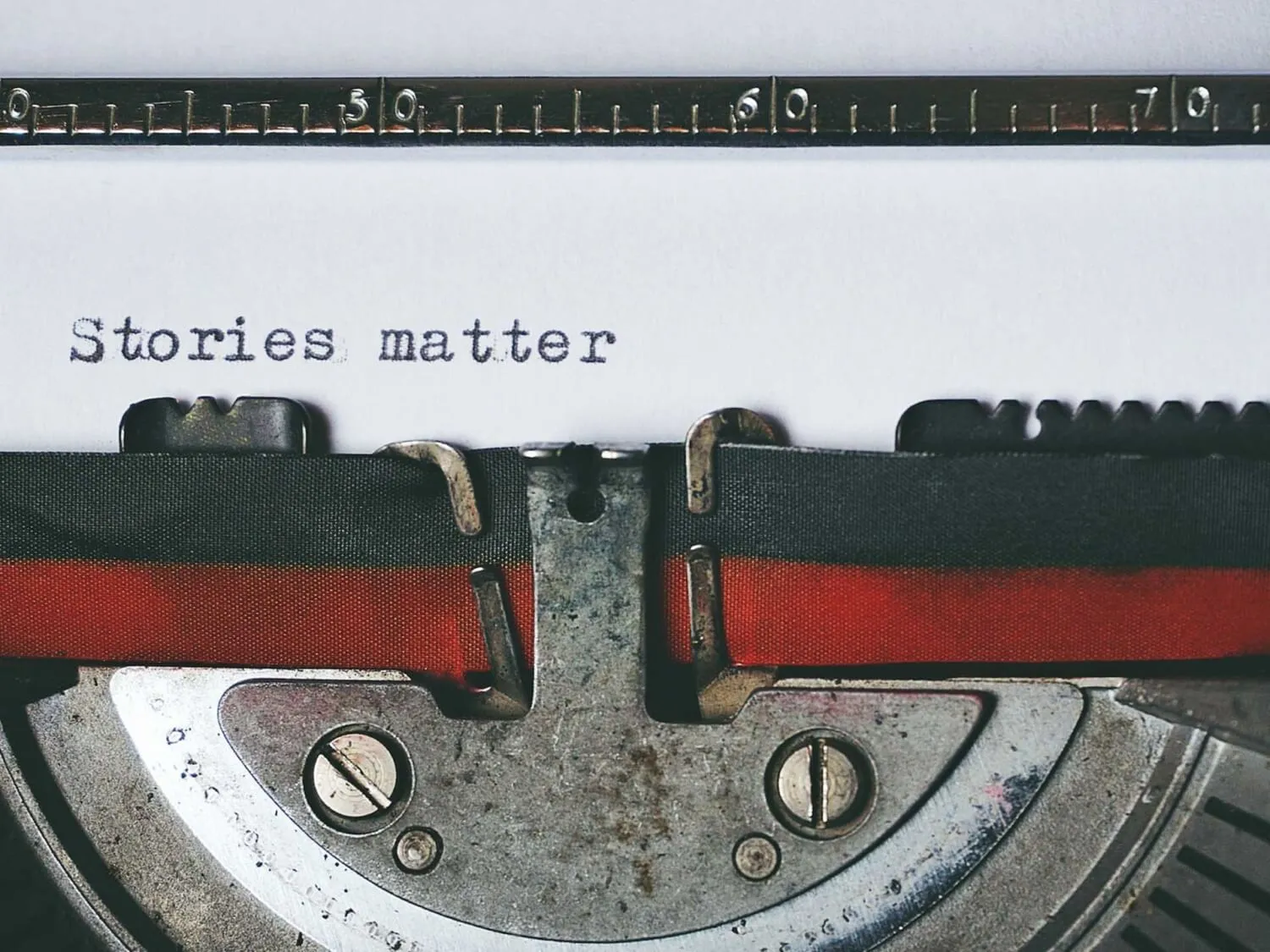Originally published January 9, 2023 , updated on January 16, 2023
Conversations about gender equality have always been an important part of history. But now more than ever, they are also taking place in Hollywood, news media, classrooms and boardrooms.
This surge of discussion is bringing to light both how we’ve failed to acknowledge and prioritise gender equality in the past and how a new generation of advocates has risen to combat it.
Gender equality refers to the same treatment, recognition, value and access, regardless of gender. It implies that each person should be able to enjoy their human rights and fundamental freedoms without any discrimination based on gender.
Gender equity goes a step further in correcting past inequalities in ensuring fairness. While it focuses on non-discrimination, it acknowledges that genders have different needs and experience different obstacles in life.
While both terms address concerns around inequality between genders, they are distinct concepts. They have different implications for policymakers, organisations and individuals alike. Gender equity prioritises justice for all genders. It happens by providing additional resources or support depending on the particular needs of each gender.
As we continue to enter uncharted waters, these conversations remain essential for achieving widespread understanding and change with regard to this ongoing issue.
Gender Indifferences Today

A new global analysis of progress on gender equality and women’s rights paints an overall grim picture. It reveals that women and girls remain more adversely affected by its long-standing roots of inequality post the COVID-19 pandemic. They are facing larger job and livelihood losses, education disruptions, and heavier demands for unpaid care work.
The findings highlight the urgent need for immediate action to curb unfair practices. They also ensure a pathway towards true gender equity and, eventually, gender equality. At this juncture in history, it is more important than ever for all stakeholders to come together and contribute towards the realisation of female empowerment.
Gender Equality
Gender equality does not mean that men and women must be equal in every single way. Rather, it is about recognising and accepting differences between genders, eliminating any obstacles or disadvantages caused by one gender over the other. It is also about ensuring both genders are afforded the same rights, responsibilities, and opportunities.
Gender equality involves treating both genders without prejudice or discrimination in laws, policies, processes, and practices. It can offer benefits for women and girls in current situations of gender inequality. But it will also benefit men who have been subject to traditional gender expectations.
Overall, gender equality leads to an environment of fairness. It is where each individual’s talents can be nurtured fully, free from restrictions due to their sex.
Gender Equity
Gender equity is a concept that has been gaining attention in recent years as more people realise the importance of giving men and women equal opportunities and rights. Although gender equity does not mean total equality between men and women, it does mean that both genders should have fair access to resources, benefits, and obligations in order for them to thrive.
The provision of opportunities can resemble providing similar or dissimilar treatment that is considered equivalent, according to the respective needs of each gender. Gender equity is critical for creating a more balanced society where everyone’s individual potential can be fully realised.
Gender equity is an awareness and understanding that men and women have varied needs, both in the home and in the workplace. This principle ensures fairness of treatment for both genders – taking into account individual performance, competencies, and skills.
True gender equity involves creating policies in the workplace, such as:
- Granting employees access to resources regardless of sex.
- Providing equal opportunities for recognition and career advancement for all employees.
- Offering flexible work arrangements that fit a variety of employees’ needs.
It can result in improved overall business performance when implemented correctly.
With evolving mindsets, today’s organisations recognise the need for gender equity in order to create a fair and balanced workforce culture. It is where organisations give everyone an equal chance to succeed.

Why Gender Equity Leads to Gender Equality
The gift and the curse of equity is its dual meaning as both a noun—the state of being equal—and a verb—the act of providing fairness. While gender equality implies treating everyone equally regardless of their sex, gender equity requires taking into account distinct needs, differences, and challenges to ensure individuals have the same opportunity for success.
Bringing clarity to this conversation about equity is essential for businesses. They understand its importance in eliminating the gender gap and creating policies that promote fairness for all. Doing this will empower companies to build a culture of inclusion and benefit from its rewards as more people can participate in the work environment regardless of gender identity.
Equity can potentially have a broadened meaning in business; if managed correctly, it can be a tool of substantial benefit to organisations.
Distinction Between the Concepts
Gender equity and gender equality are often seen as interchangeable; however, this lack of distinction can be both a challenge and an opportunity for businesses. It is a challenge because those involved in forming policies can overlook the nuances of each concept. Consequently, they miss out on unlocking the full potential of such initiatives.
On the other hand, by gaining clarity and purpose around gender equity, organisations are presented with an opportunity to create real change. By understanding the differences between gender equity and gender equality, businesses can progressively look to close any existing gaps in standards. This could lead to even greater success for staff across all genders within their organisation.

Businesses and organisations need to learn more about the importance of enhancing women’s leadership opportunities and cultivating an equal workplace to begin truly carving a sustainable approach to equity.
Overall, striving to achieve and bring forth gender equity will eventually lead to the desired end destination of gender equality. It is a long road flooded with obstacles and illusions. But the sooner we clear the path ahead, the quicker we’ll witness a world equal for all.
Post Views: 212



















